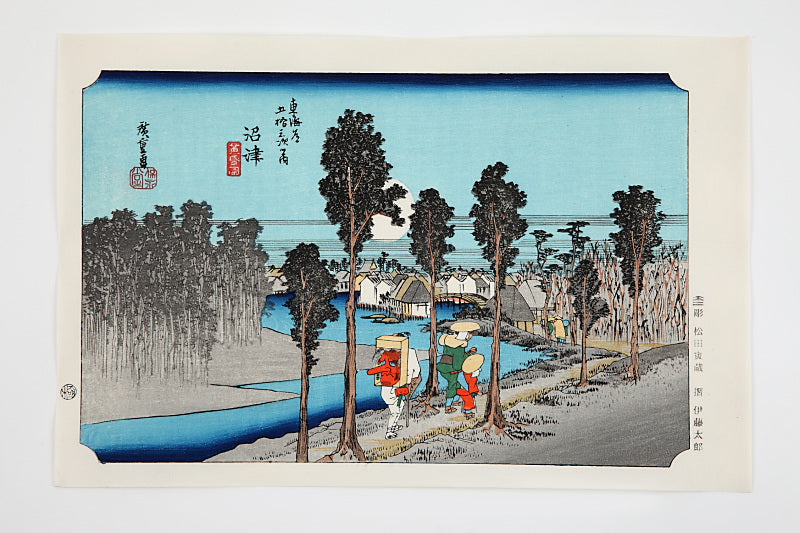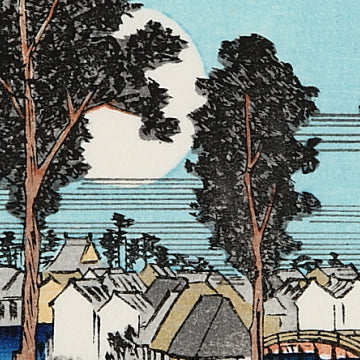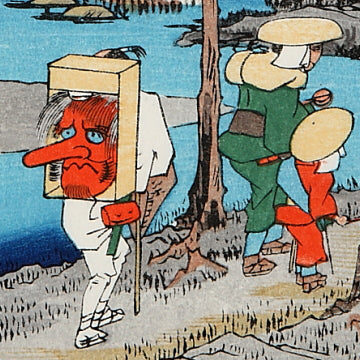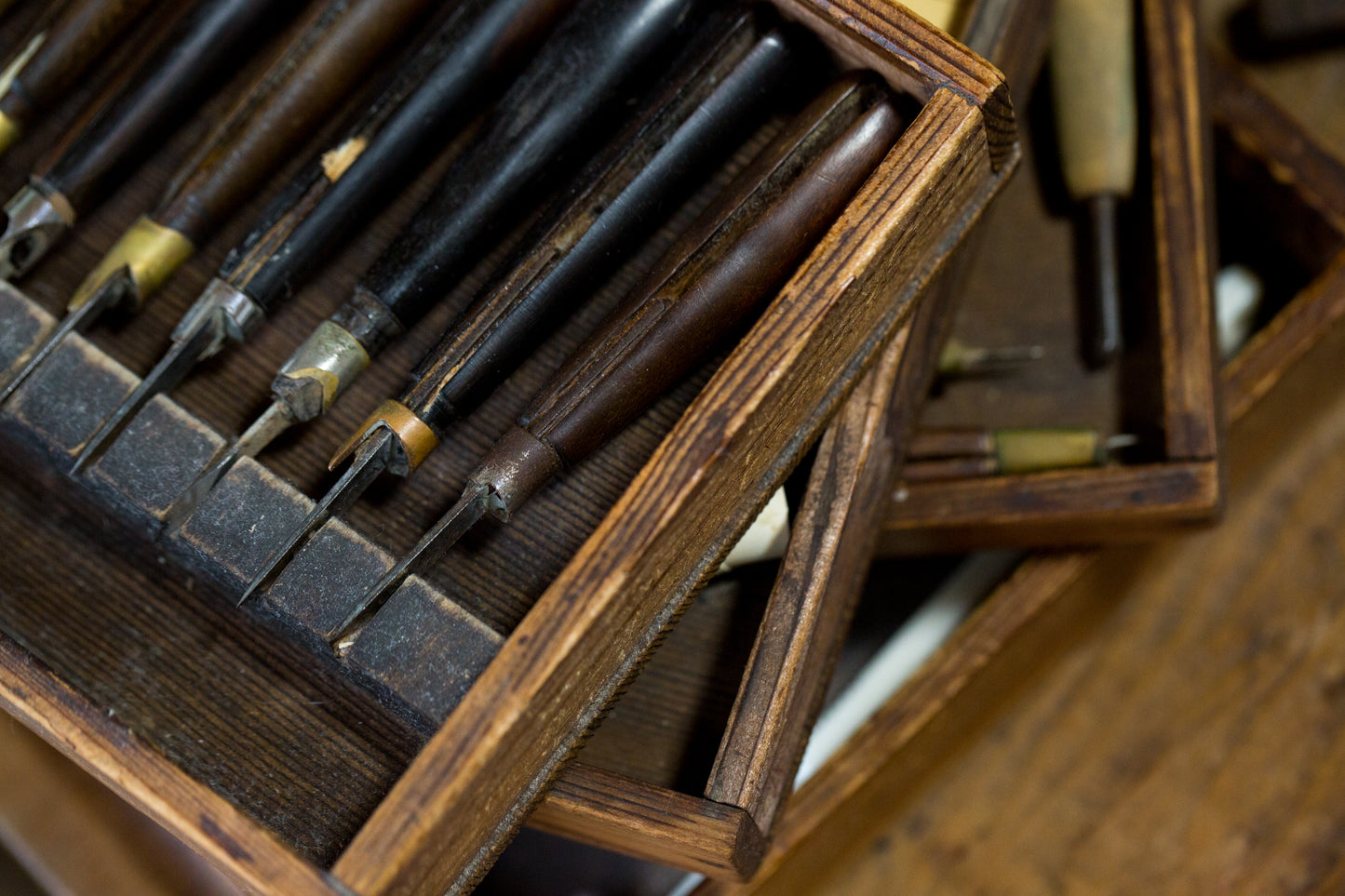Numazu
Numazu
Couldn't load pickup availability
Hiroshige Utagawa(1797-1858)

1797(Kansei 9) – 1858 (Ansei 5)
Hiroshige Ando was born the first son of the Ando Family, to a fire-watchman in Yaesu, Edo. When he was 13, his parents died, and he took over his father’s position. However, what he really loved was drawing pictures. At the age of 15, he became an apprentice of Toyohiro Utagawa. During his early career as a painter, he mostly drew portraits of beautiful women and actors. “Famous Places in the Eastern Capital”, published in 1831, established him as one of the mainstream ukiyo-e painters in the era. He also succeeded in mastering perspective and structural drawings, using the deep azure tone today called ‘Hiroshige blue’, and shading. His masterpiece, “The Fifty-Three Stations of the Tokaido”, started publishing in 1833, and became some of the best-known works of ukiyo-e. During his late life, he started working on the series of paintings, “One Hundred Famous Views of Edo”, in which his emotional attachment toward Edo was firmly portrayed. Because of the popularity, he ended up publishing one hundred and fifty views – fifty more than he planned.
Fifty-Three Stations of the Tokaido
Hiroshige Utagawa(1797-1858)
Tokaido, connecting Edo and Kyoto, has always been a major transport route, both in the past and today. The work is a series of fifty-five ukiyo-e, depicting 53 stations along the route, starting at the Nippon-bashi Bridge in Edo and ending at the Sanjo-ohashi Bridge in Kyoto. Nowadays it is hard to imagine, but it took almost two weeks for people in the Edo period to travel between Tokyo and Kyoto. Although many could not travel the Tokaido, they longed for the trip. This work achieved great success for providing viewers with a virtual experience of traveling the route. Hiroshige picked the subjects to represent the seasons at each station. He illustrated not only sceneries, but also the manners and customs of the people who came and went there. Furthermore, he depicted their existence overflowing with vitality.
Share





















